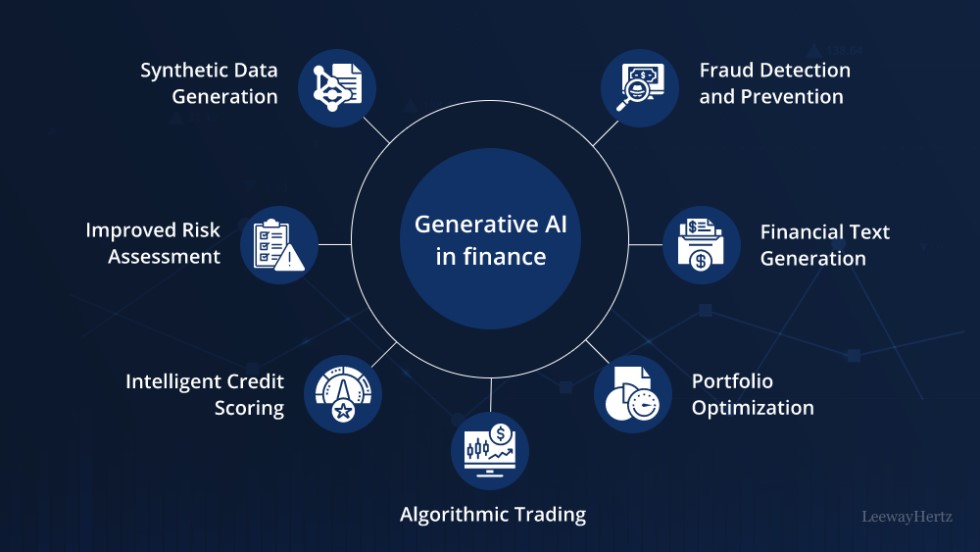Deepfake scams have robbed companies of millions. Experts warn it ...
A growing wave of deepfake scams has looted millions of dollars from companies worldwide, and cybersecurity experts warn it could get worse as criminals exploit generative AI for fraud. A deep fake is a video, sound, or image of a real person that has been digitally altered and manipulated, often through artificial intelligence, to convincingly misrepresent them.

In one of the largest known case this year, a Hong Kong finance worker was duped into transferring more than $25 million to fraudsters using deepfake technology who disguised themselves as colleagues on a video call, authorities told local media in February. Last week, UK engineering firm Arup confirmed to CNBC that it was the company involved in that case, but it could not go into details on the matter due to the ongoing investigation.
The Threat of Deepfake Scams
Such threats have been growing as a result of the popularization of Open AI's Chat GPT — launched in 2022 — which quickly shot generative AI technology into the mainstream. The public accessibility of these services has lowered the barrier of entry for cyber criminals — they no longer need to have special technological skill sets. The volume and sophistication of the scams have expanded as AI technology continues to evolve.

Various generative AI services can be used to generate human-like text, image, and video content, and thus can act as powerful tools for illicit actors trying to digitally manipulate and recreate certain individuals.
Incidents and Impact
In a reported case in Shanxi province this year, a female financial employee was tricked into transferring 1.86 million yuan ($262,000) to a fraudster's account after a video call with a deepfake of her boss. Such incidents are not new.
In 2019, the chief executive officer of a British energy provider reportedly transferred €220,000 ($238,000) to a scammer who had digitally mimicked the head of his parent company and asked for a wire to a supposed supplier on a phone call.
Use of Deepfake Technology
In August last year, researchers at the Google-owned cybersecurity company Mandiant documented a number of instances of illicit actors using AI and deepfake technology for phishing scams, misinformation, and other illicit purposes. The technology's use for such activities was limited, but the growing availability of new generative AI tools would accelerate its implementation by malicious actors.
Risks and Precautions
Companies are increasingly worried about other ways deepfake photos, videos, or speeches of their higher-ups could be used in malicious ways. Deepfakes of high-ranking company members can be used to spread fake news to manipulate stock prices, defame a company's brand and sales, and spread other harmful disinformation.

Deepfake technology has already become widespread outside the corporate world. From fake pornographic images to manipulated videos promoting cookware, celebrities like Taylor Swift have fallen victim to deepfake technology. Deepfakes of politicians have also been rampant.
Defending Against Deepfake Scams
According to experts, firms can bolster defenses to AI-powered threats through improved staff education, cybersecurity testing, and requiring code words and multiple layers of approvals for all transactions — something that could have prevented cases such as Arup's.





















